Business as usual for Cambridge is not an option. With employment growth more than double the national average and the population booming, the region needs to think about how it can provide new commercial space for its thriving industries along with affordable residential properties for the workforce.
Without action, successful existing businesses won’t be able to expand, new ones will ultimately choose to open elsewhere and attracting and retaining staff will become increasingly difficult as housing costs continue to soar. In order for the area to retain its competitive global edge things need to change and fast.
The question is, what can be done to keep Cambridge on top? One possible option is to build up. This does not necessarily mean towers and skyscrapers, a controversial option not compatible with the historic architecture of the city. Instead, it is about using space more efficiently – for instance, adding storeys to existing office and laboratory buildings, or infilling developments in lower density residential suburbs to create new accommodation for both residents and occupiers.
If not upwards, than maybe outwards is an option? Under normal circumstances, expanding outwards is the default option for urban areas without a Green Belt or a tightly drawn local authority boundary, but what do you do if you have both? This is largely a political issue and studies by Urbanism Environment Design (URBED) have shown that Britain needs to ‘take a confident bite out of the Green Belt’ in order to allow successful cities to grow.
The last major review took place under the Cambridge Local Plan in 2006, where land for 6,000 homes was released and is currently under construction. But despite the obvious pressure on the housing market local opposition to further releases is fierce.
The last possible solution is to build elsewhere, which has already been pursued in towns such as Northstowe, Alconbury and Waterbeach and involves a combination of expanding existing satellite towns and villages, alongside creating new ones. The benefits are clear: homes are much more affordable than those in Cambridge, with the average value of the surrounding towns as much as 50 per cent lower with much larger capacity to build. However, it is not all plain sailing and these projects are often long term and face slower sale rates in comparatively weaker markets.
There is clearly no easy solution, but in order to future-proof one the UK’s most successful cities, people need to work together to overcome the challenges and create positive change.
Further information
View Savills Cambridge cross-sector report
(1)(1).jpg)




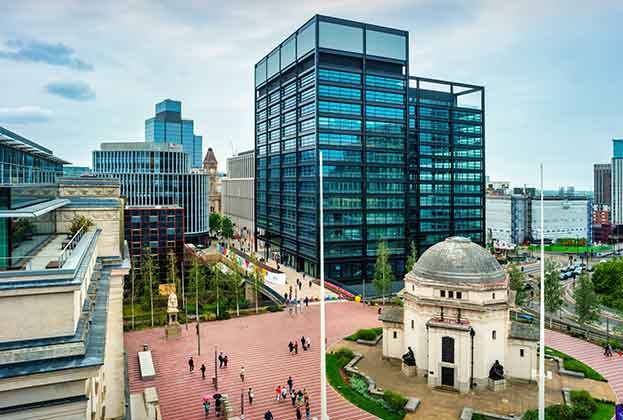
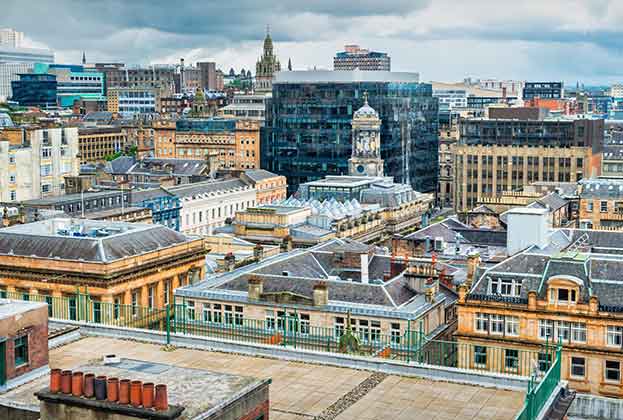
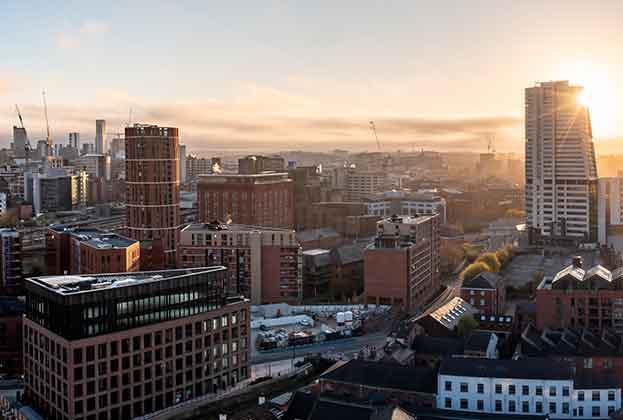
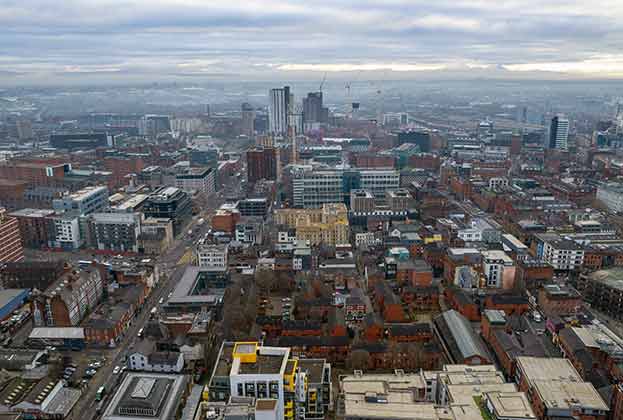
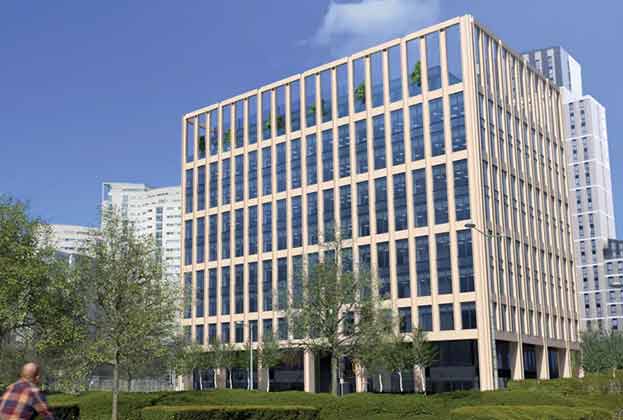
.jpg)